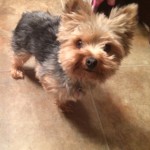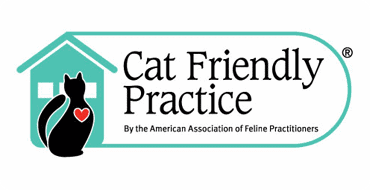Bitsy is a beautiful 3 year old Yorkshire Terrier. We saw her for the first time here at

Bitsy recovered well initially, but shortly after her antibiotics were gone her appetite dropped again and now she seemed to be painful when opening or touching her jaw. She was much more reluctant to allow anyone examine her mouth. It was decided that she should have X-rays taken to check for additional tooth root abscesses or conditions and to clean the rest of her teeth.
Once under anesthesia her mouth could be examined more closely. Bitsy had 

Since Bitsy’s problem area appeared to be isolated to the very back of her mouth (other than the area that had healed once the baby tooth was removed), her parents elected to just have the teeth with the diseased gum tissue and bone loss removed; there were 14 teeth total. They will attempt to preserve the front teeth with regular brushing and professional cleaning every 6-12 months. If the condition progresses further, then they will address it at that time.
Bitsy’s gums looked great at her two week recheck and she was pain free and eating




